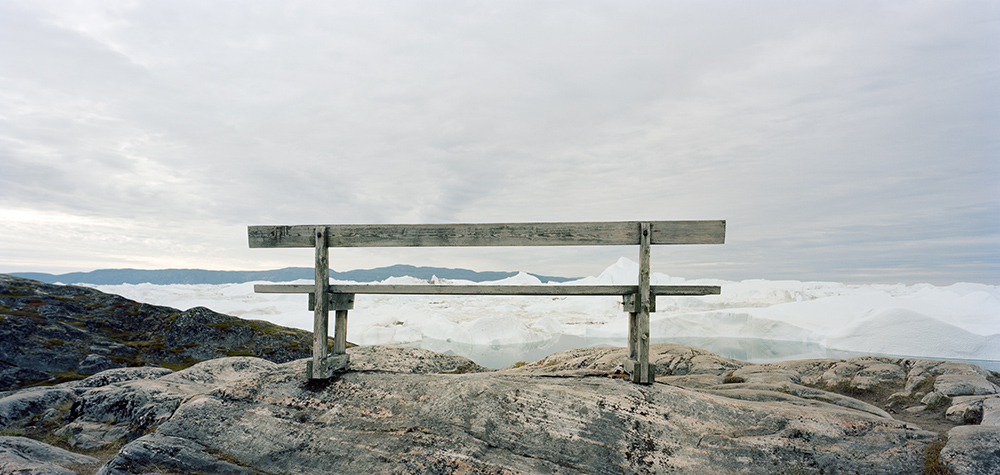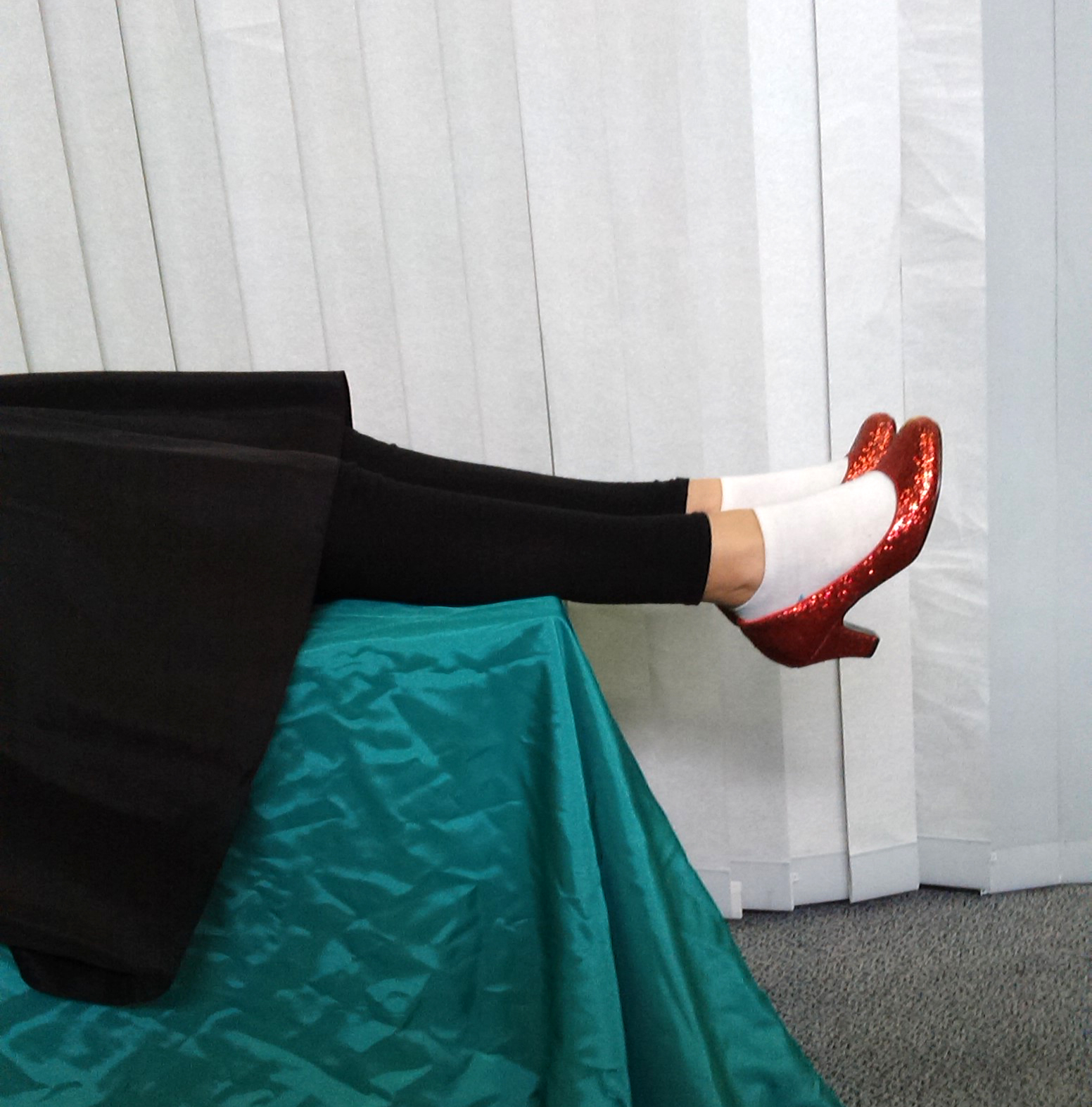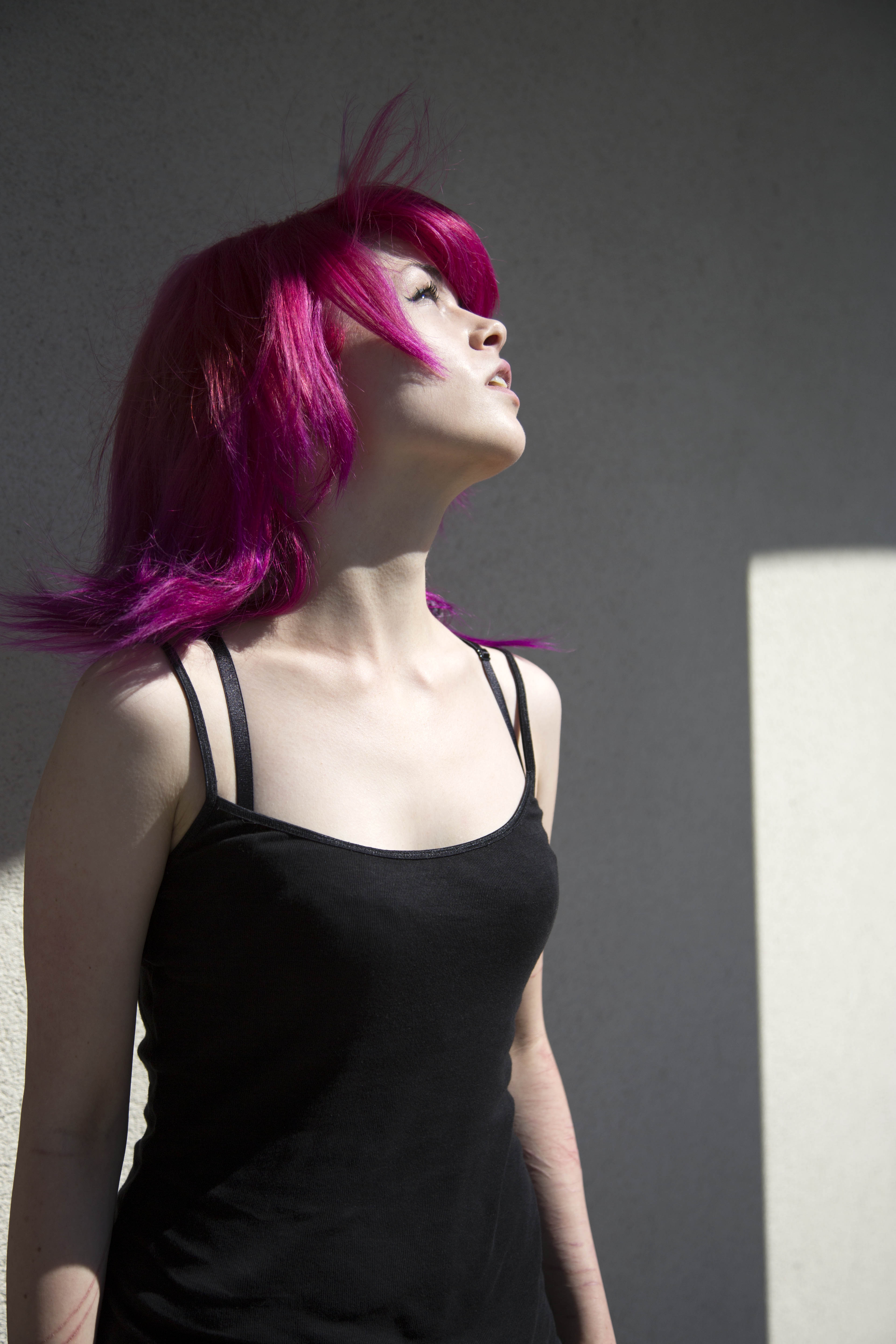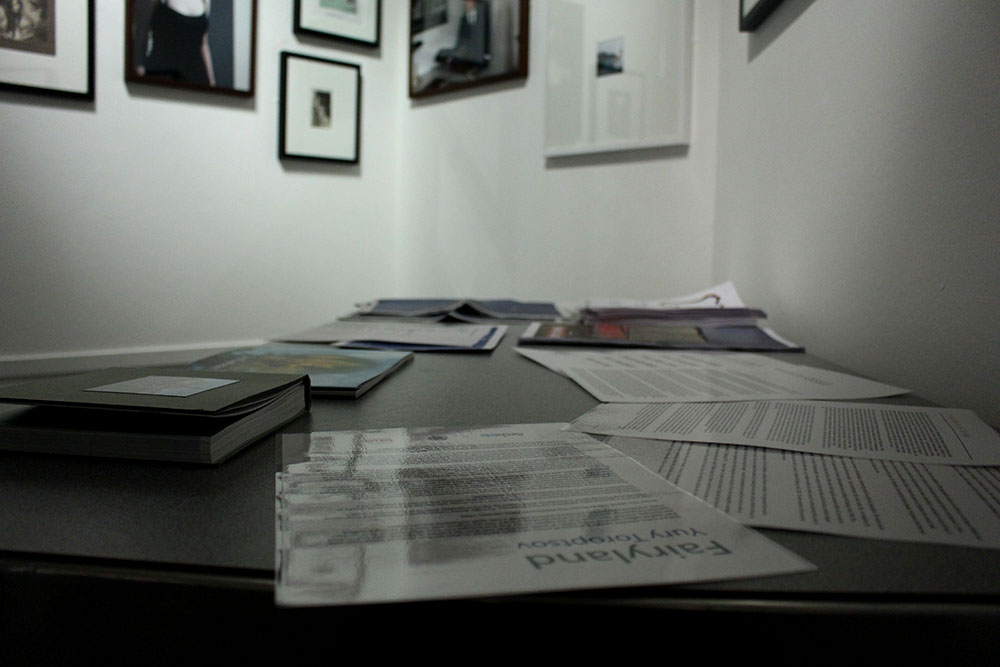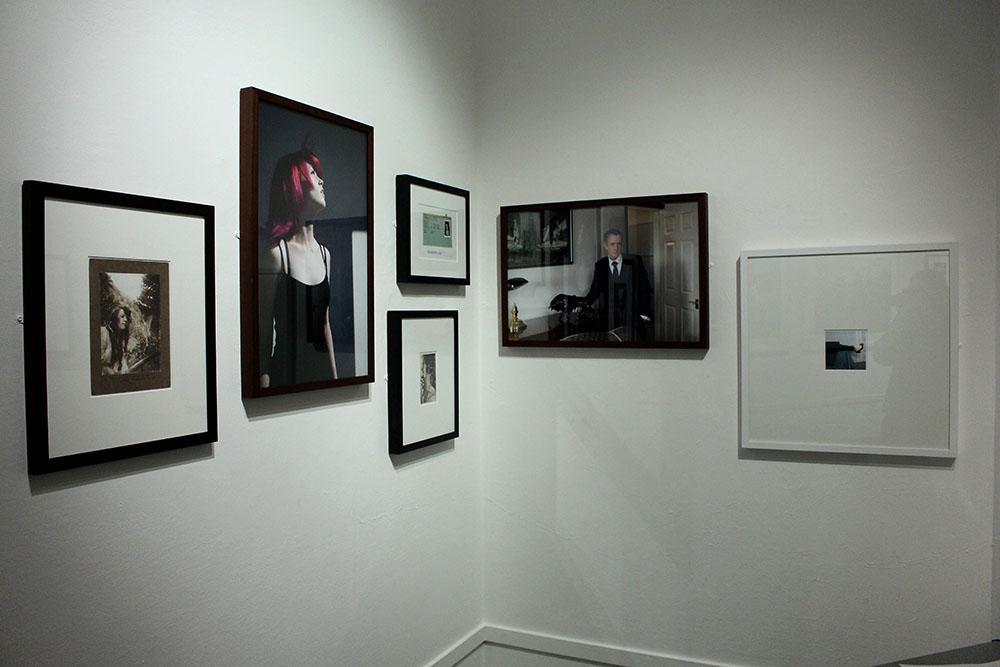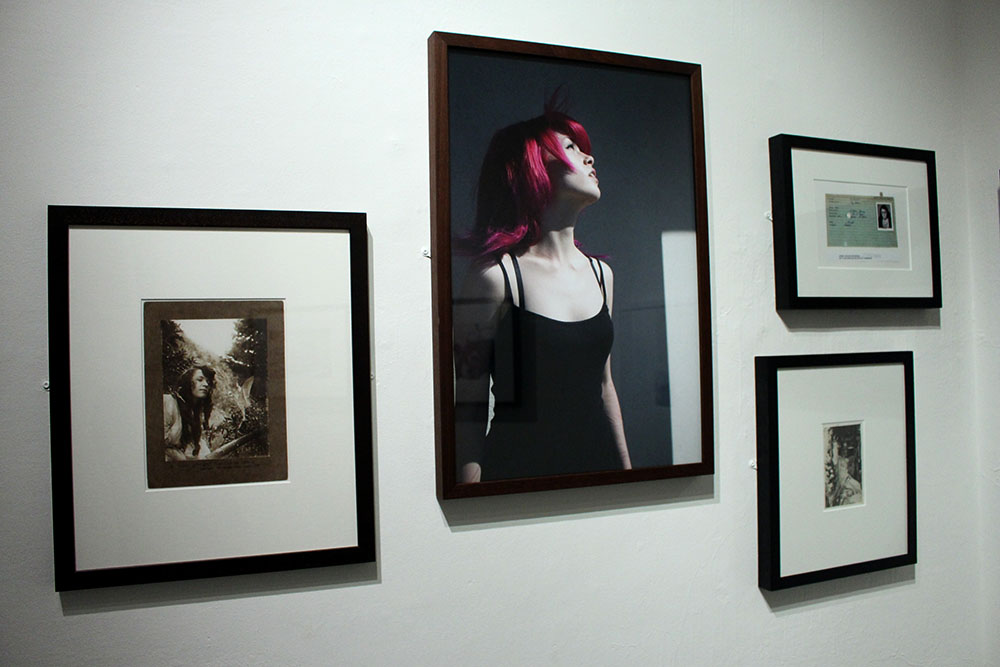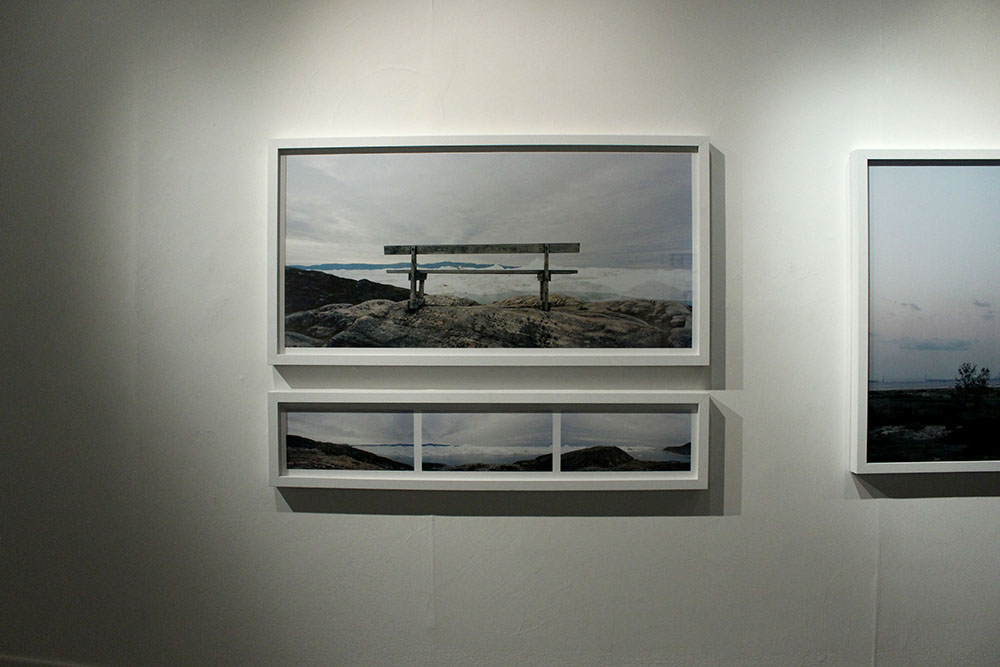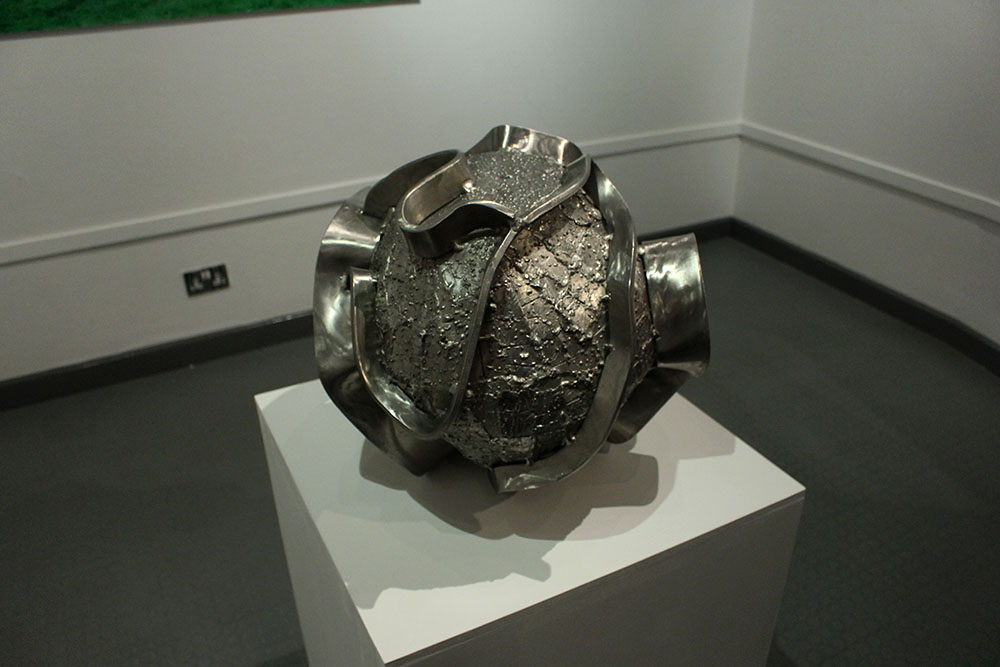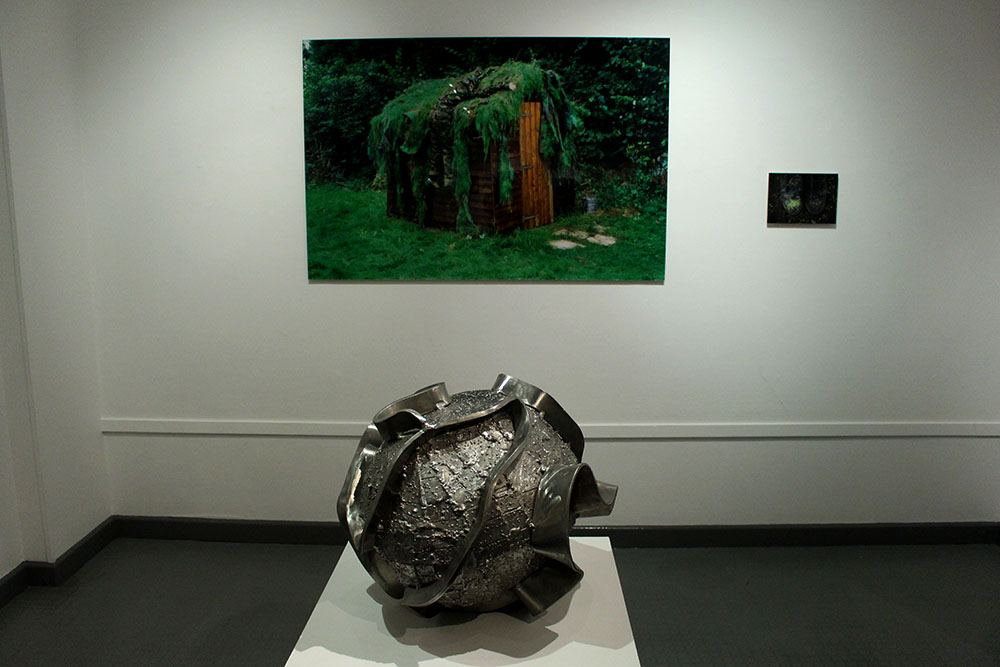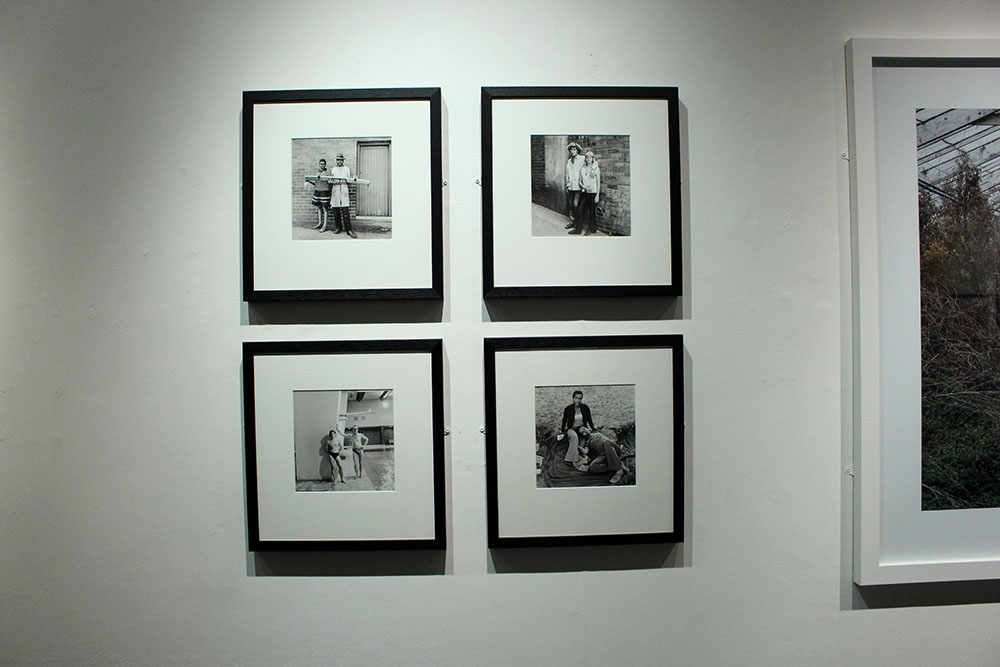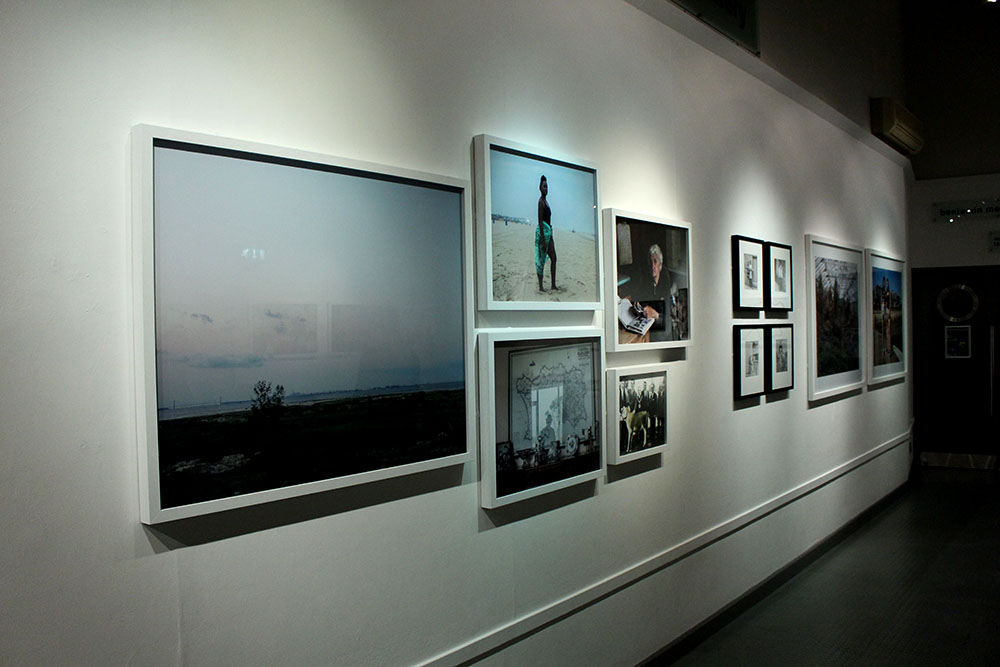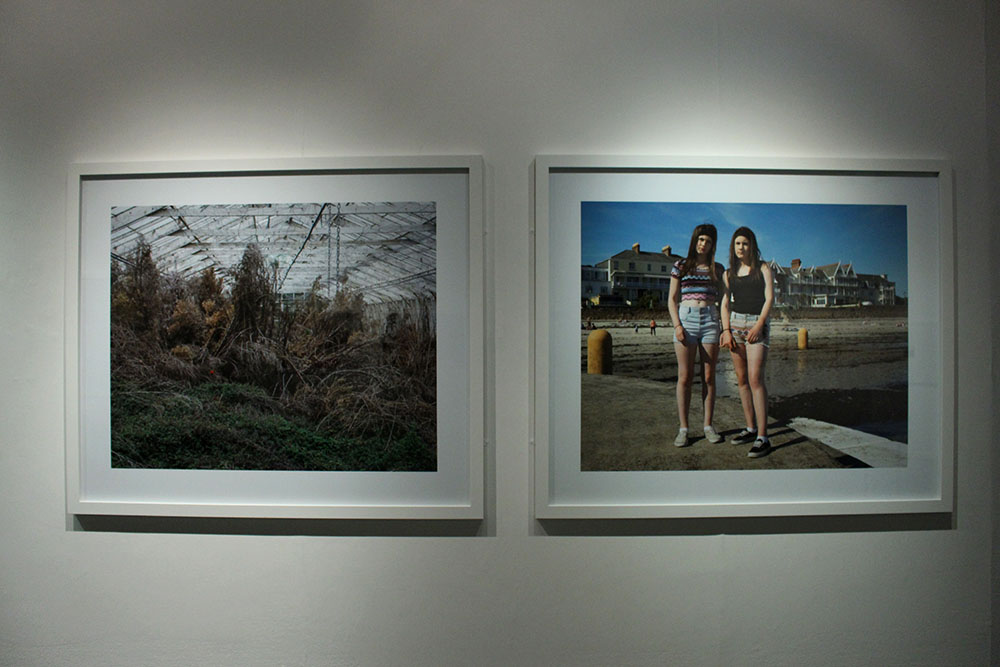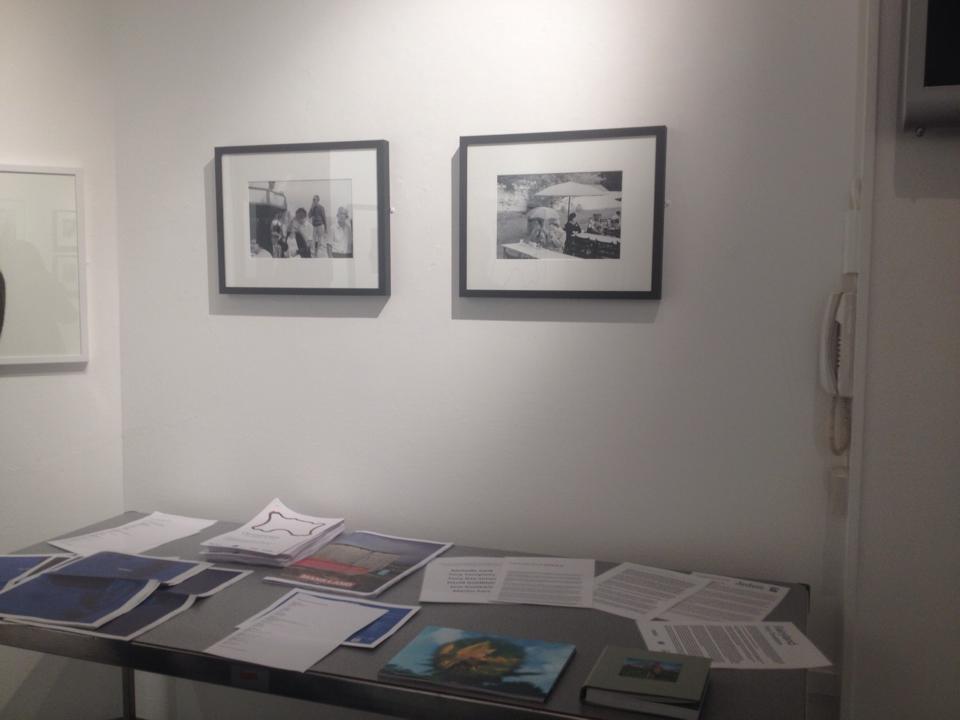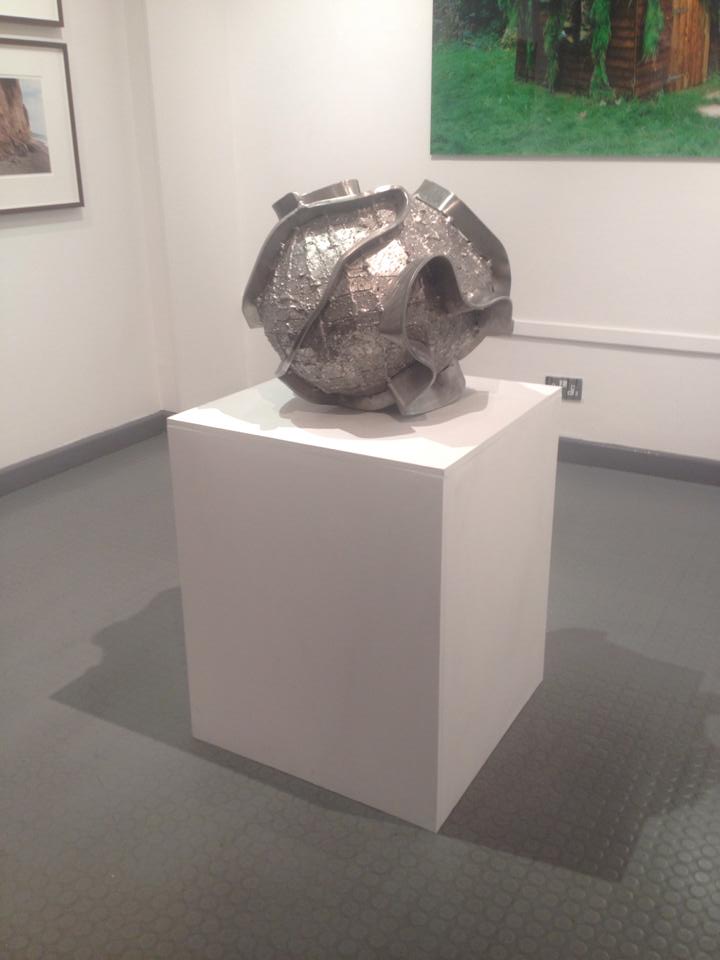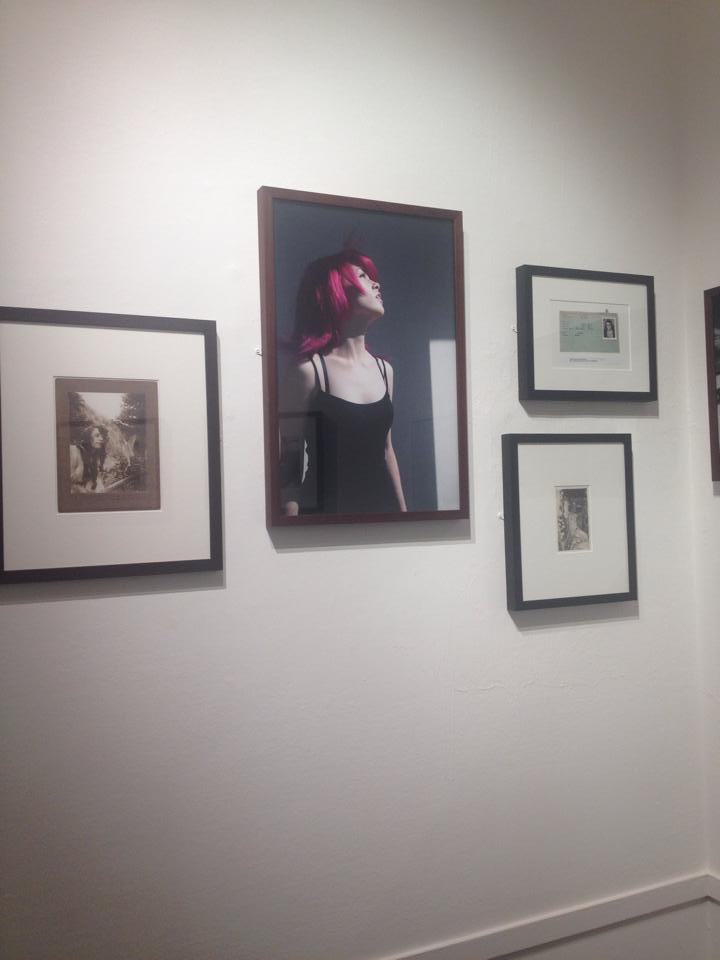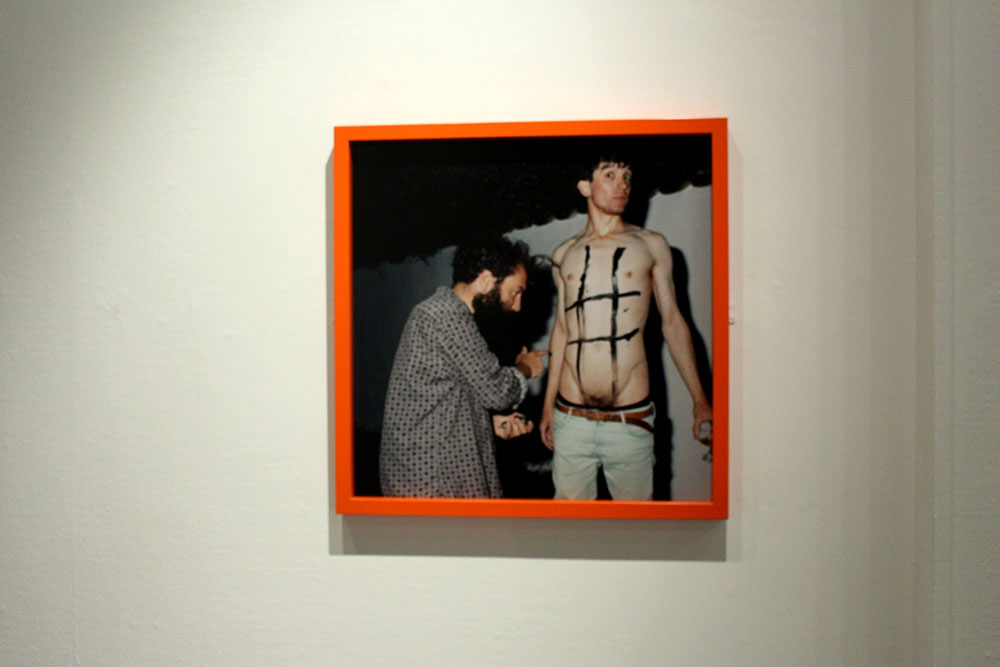I have designed two different Print products. One being a newspaper article and the other being a magazine layout.
The newspaper was the easiest of the two to design, as I am a to more familiar with the layout of a newspaper, as they all have very similar structures, whereas magazines have a much wider variety of layouts and design possibilities.
I think the newspaper is very affective, and one of my classmates even asked if my images had been in the paper, because he saw a print out of it and thought it was a photocopy, or nice version of the newspaper print. I really like the simplicity of newspaper spreads and I feel that my newspaper spread has worked really well.
The magazine was a bit harder, but instead of creating a design first, I started with the two colours red and black, creating the banner at the top and header, I then looked at the scope and how i could add it into my spread, and decided the best way to do this was putting a photo behind it. I then decided which images I wanted as background images, then made them slightly transparent. Trying to fit the text in proved much harder than it did with the newspaper spread, as magazines normally have much more creative ways of displaying text.
I do feel that both my products look very affective and somewhat professional and I am happy with how they have both turned out.

















